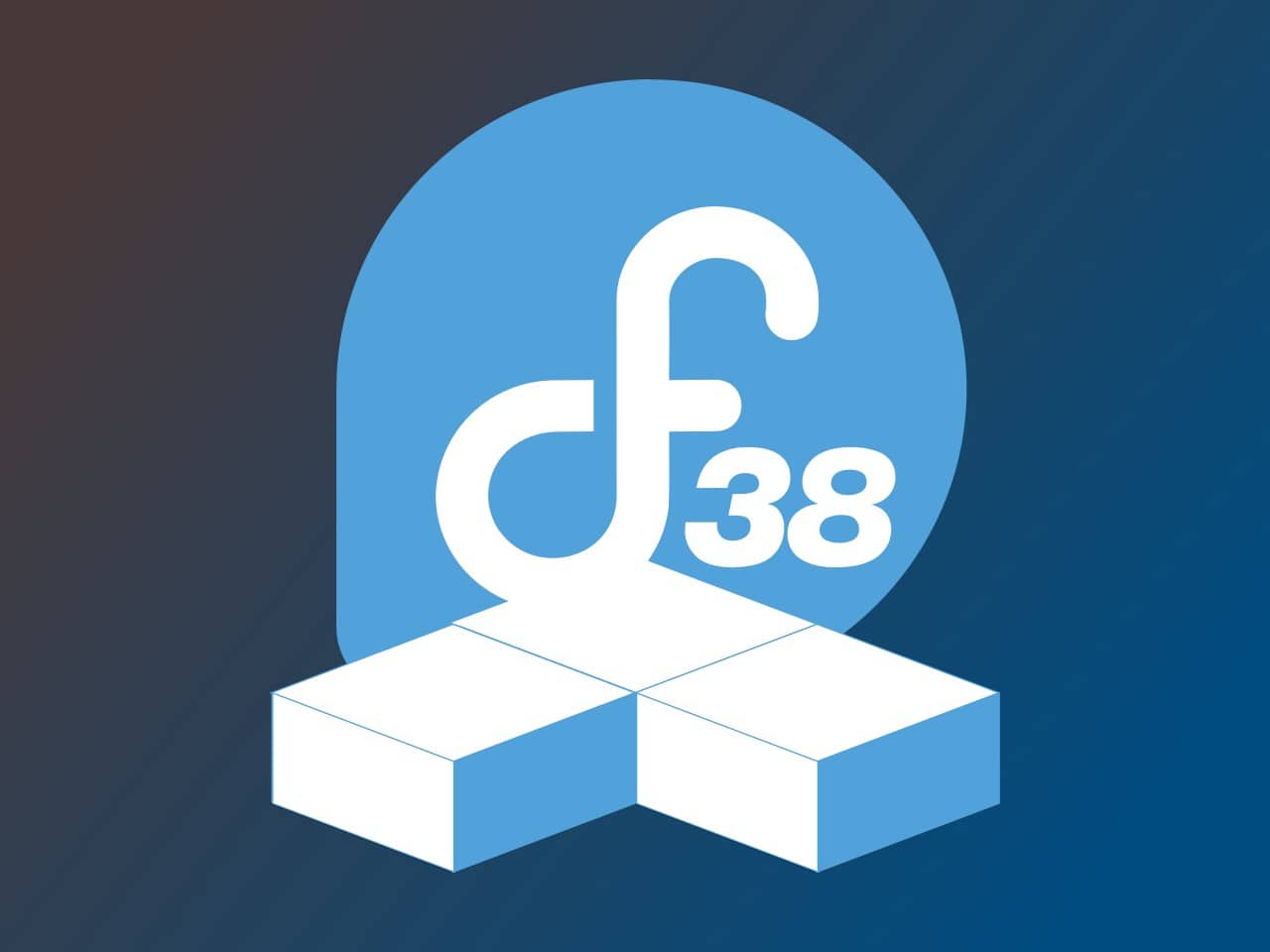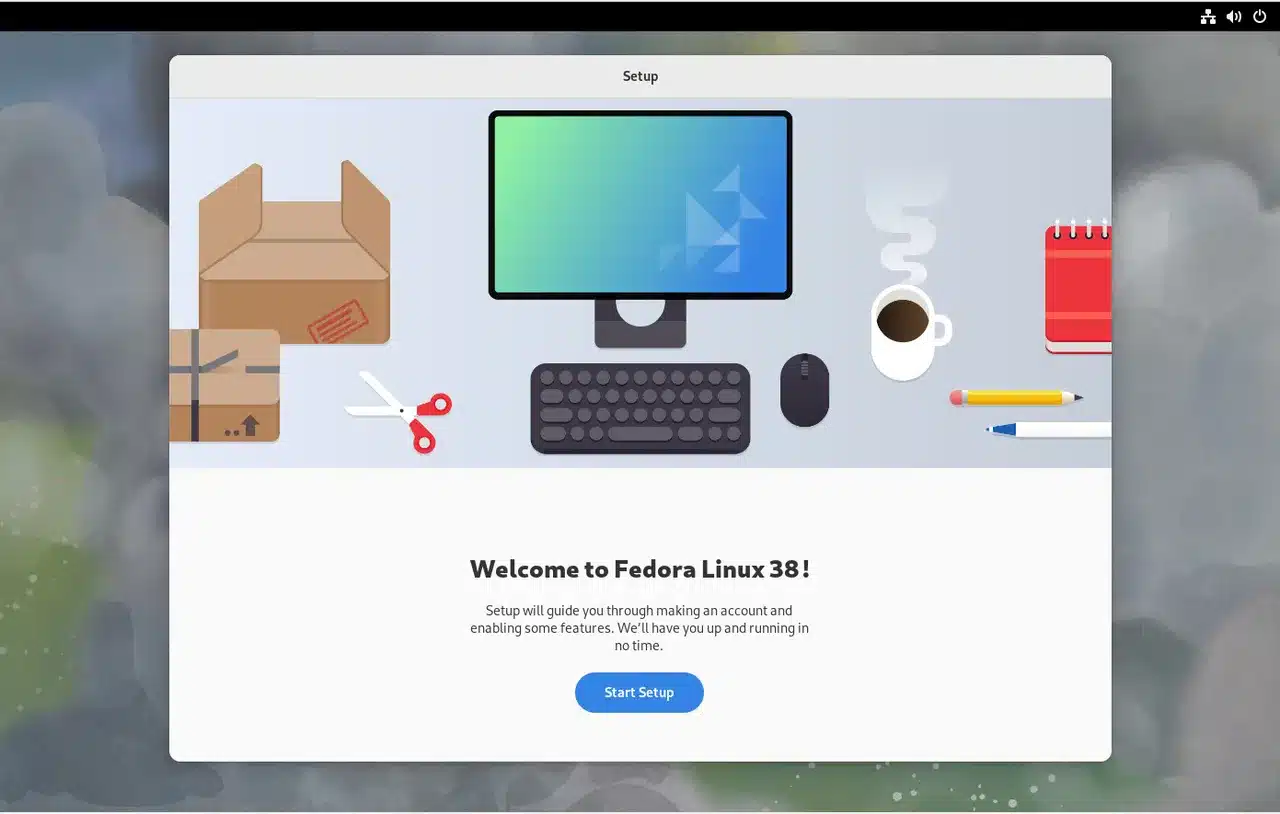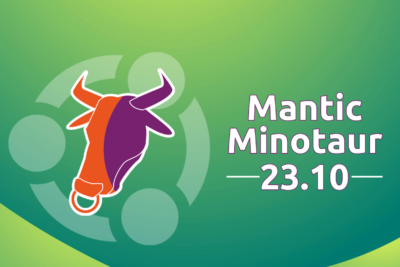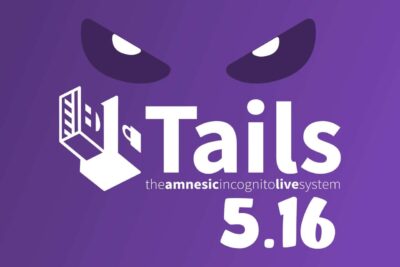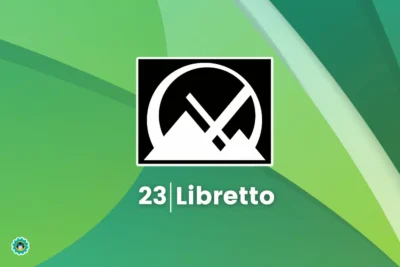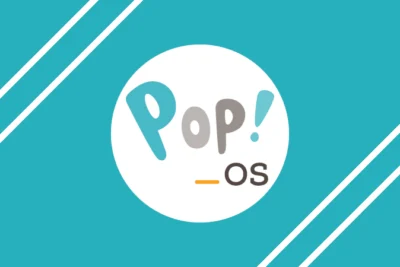Fedora 38 Workstation & Server Linux OS on Easy-Install USB Drive
Fedora Desktop Environments
Fedora Linux 38 boasts a significant upgrade in the form of GNOME 44, which is now the default desktop environment. GNOME 44 brings a visually appealing and modernized look to the desktop with a revamped app launcher, a redesigned system menu, and improved support for touchscreens.
One noteworthy improvement in GNOME 44 is the addition of the background apps feature in the system tray menu. This feature proves helpful when the primary application window is not visible and is heavily utilized by numerous applications and users. Moreover, the Files application (also known as Nautilus) in Fedora 38 now offers an expanded folder view in the list view.
Other than GNOME, Fedora also comes in other desktop environments, including KDE Plasma, Xfce, LXQt, and MATE. Plasma 5.27 is included in Fedora’s KDE Plasma edition, which consists of features, such as a tiling window feature, multiple monitor display, Wayland updates, and a brand-new welcome screen.
The Xfce edition of Fedora features the Xfce 4.18 desktop environment. This new Xfce version includes a revamped Thunar file manager, image preview, and some panel tweaks. Additionally, Fedora includes other updated desktop environments like LXQt 1.2.0 and MATE 1.26.
Linux Kernel 6.2
Fedora 38 also includes Linux kernel 6.2, which brings a range of updates, including the updated Zstd compression code, In-Field Scan feature, support for Raspberry Pi 4k@60Hz displays, support for Intel TDX guest, and various other features and improvements.
More Changes in Fedora 38
Some other changes in Fedora 38 that are worth mentioning are as follows:
- Shorter shutdown time(2 minutes to 45 seconds)
- The modernized live media system
- Programming libraries: Ruby 3.2, gcc 13, LLVM 16, Golang 1.20, PHP 8.2, and more.
- Initial Unified Kernel support
- Use of Sequoia-based OpenPGP parser by the rpm package manager instead of its own implementation

